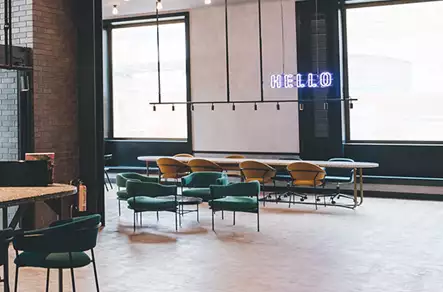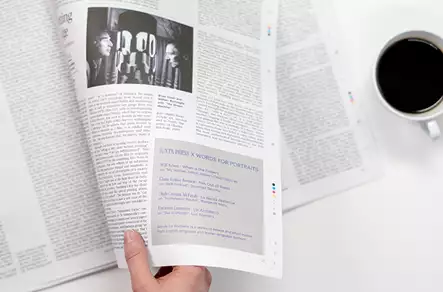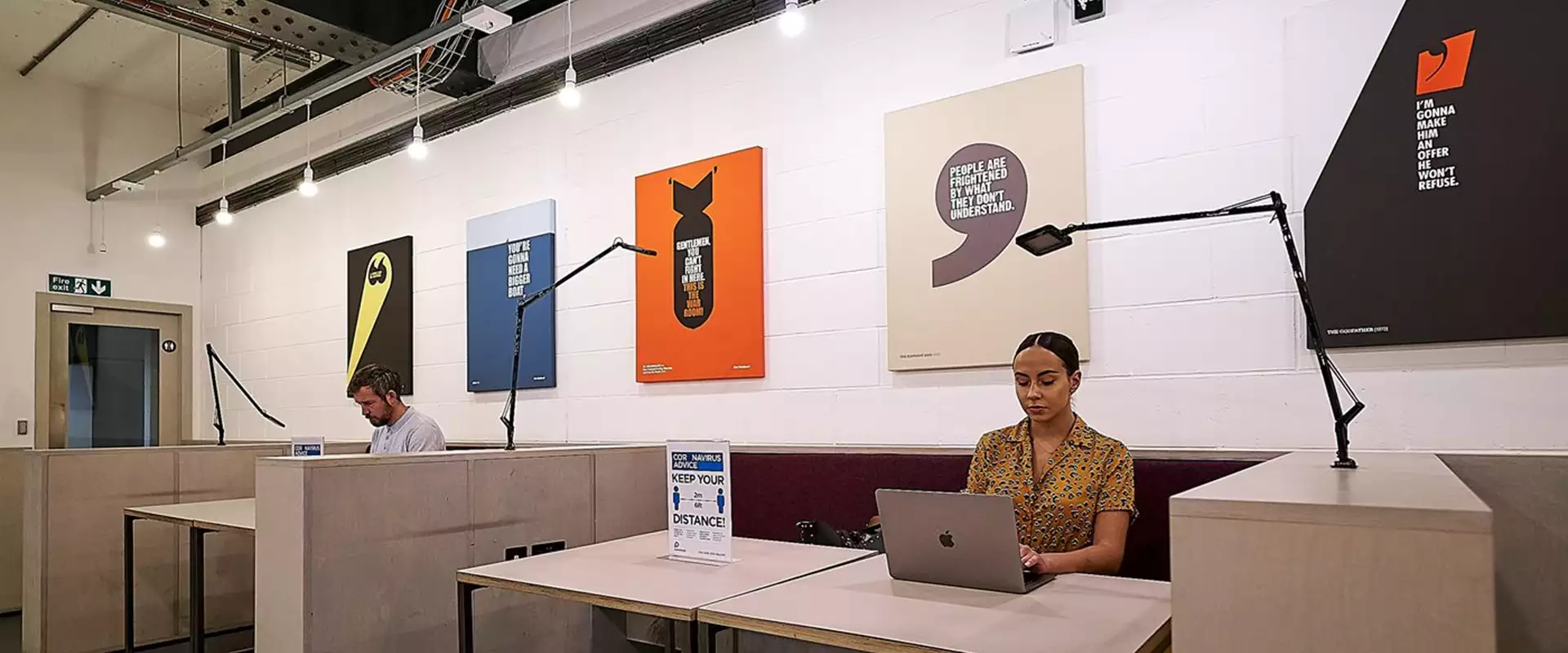As restrictions start to ease, many businesses will be starting to think about their return to the office and how to do it in the safest possible way. Follow these tips to help you prepare your workplace for a safe return.
Here at Workspace, we have been closely following the Government guidance and are working hard to make your transition from home to office as safe and stress free as we can.
We’ve been busy putting in place a number of social distancing measures, such as one-way circulation, social distancing signage and protective receptionist screens, as well as enhanced hygiene measures across all our businesses centres to make sure you feel comfortable and protected in our spaces. You can read about what we’ve been up to here.
When thinking about getting your own office space ready to welcome your team back, here are some important things to consider.
1. Space your desks apart where possible
The increased spacing between desks should be thought about carefully to meet social distancing guidelines. If possible, designate a separate desk to each individual and avoid hot-desking – or, if this simply isn't an option, block out every other seat on a row of desks to create temporary buffer zones. Unused monitors, red tape and signage can be used to clearly signal that this space is not to be used by staff.
If your office size is limited, interior design expert and founder of furniture company Rawside, Liz Close, based at Kennington Park in Oval, recommends being creative with your space. Think about different desk arrangements, such as shifting desks to face walls and windows around the perimeter of the room.
Buying new furniture if desk numbers are limited can be expensive, but another option is "renting items for the short term if you wish to adapt your office without a massive investment," she says.
If you’re really struggling for extra space, another option is to book a meeting room to accommodate office overflow - drop our team an email and we will be able to help.
Our centre managers are on hand if you need assistance or would like to change your space.
2. Encourage a mix of work-from-home and office rotas
The simplest way to minimise the risk of infection is to reduce the number of people mixing in the office at any one time. Talk to your team and encourage those who can work from home to do so, especially if they are 'clinically vulnerable' or are in contact with somebody who is.
For those who need to come into the office, discuss how often this should be and how they are planning on travelling into work. Encourage the use of cycling and walking where possible or travelling off-peak if the use of public transport is unavoidable.
At a number of Workspace centres, we’ve increased the number of bike racks available to our customers to make riding to work a happy alternative to commuting on public transport, alongside the Mayor of London’s efforts to get London walking and cycling to work post lockdown.
Consider a shift rota that minimises the number of people in the office each day – and the likelihood of employees bumping into each other in the corridor.
If you know certain desks are going to be used by different employees on different days, think about putting extra cleaning procedures in place. Make sure equipment, the desk surfaces and touchpoints on chairs are wiped down with disinfectant between each use.
3. Use floor stickers and signage
Printable signs can be placed around your office in clearly visible places as colourful reminders for people to wash their hands regularly and keep their distance from one another.
Our partner Glyphics have put together a selection of signage packs to help you highlight important messages and reminders, including downloadable guides for social distancing and hygiene measures. You can find and download these on our Back to Business hub.
4. Reduce the number of frequently touched surfaces
Make a note of commonly touched objects in your space and whether they can be removed from your environment or not. These may include door handles, light switches, printers, kitchen appliances, bin lids, communal fruit bowls, and stacks of magazines in breakout areas.
Declutter your space as best you can by removing all unnecessary items; keep doors wedged open; make sure bins are touch-free; encourage staff to bring in pre-prepared food that doesn’t require the use of kettles, toasters or microwaves; and, make sure antibacterial wipes are available for highly-touched surfaces that can’t be avoided.
5. Invest in protective desk shields
A great way to protect employees and create safe work bubbles is through the use of protective desk shields. Workspace customer Rawside has created a 100% recyclable protective Eco-Shield designed for desks and made from cardboard, on which the virus only lives up to 24 hours, according to The New England Journal of Medicine.
You can easily attach these to desks with Velcro for added protection, along with some office fun, as “staff can doodle on them as they like to make them their own,” says Liz. What’s more, 10% of the sale price of each Eco-Shield will be donated directly to NHS Charities Together.
6. Create one-way systems
Use our signage packs to help you guide people through your office. Perhaps consider having one-way entrance and exit doors if you have the option. If your office is large enough, you can also design a one-way route throughout your entire space, using floor arrows to guide people to their individual desks. If your space is too small to accommodate this, think about using extra signage to remind people to maintain a distance.
7. Double down on hygiene practices
Ramping up cleaning procedures is another important step in keeping your team safe. Keep referring back to the latest Government guidance for official advice and you might want to get in contact with your cleaning provider to arrange more thorough and frequent visits, paying close attention to high-touch areas.
Make sure hand sanitiser is available for employees and visitors to use and provide antibacterial wipes for staff to regularly wipe down personal work areas, keyboards and stationary.
If you need additional support, contact our cleaning partner Olivers Mill, who can provide a range of hygiene services such as regular deep cleans and fogging (a sophisticated mist spray that uses a polymer-based disinfectant).
Read our blog post on How to prepare to settle back into your office for more helpful advice on maintaining a hygienic workplace to protect yourself and your team.
We at Workspace aim to make your migration back to the office as safe and seamless as we possibly can, our centre managers are on hand to assist you and we look forward to seeing you back at your centre very soon.
For helpful advice and up-to-date resources on how to navigate your business through COVID-19 and beyond, head to our Back to Business Hub.



